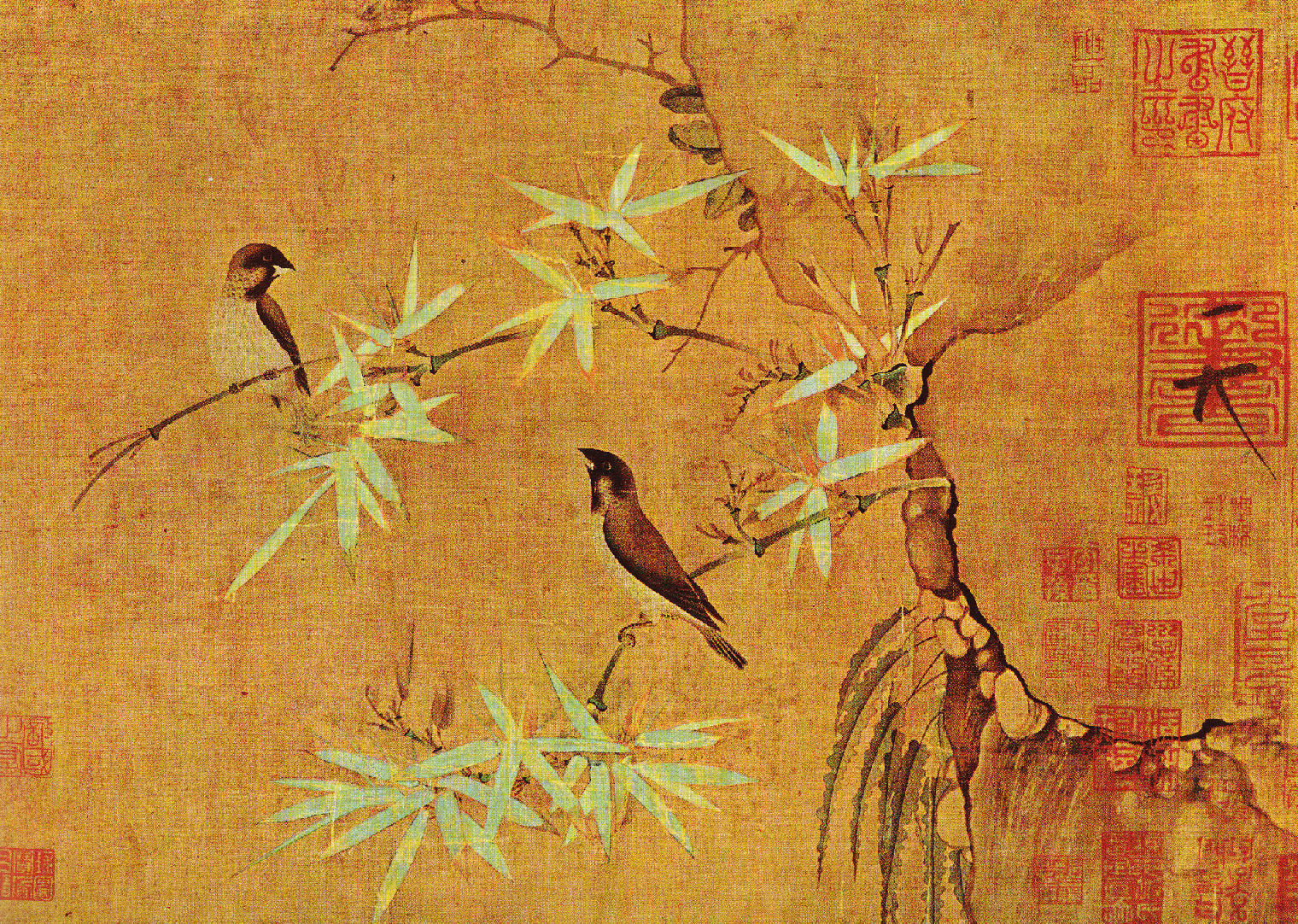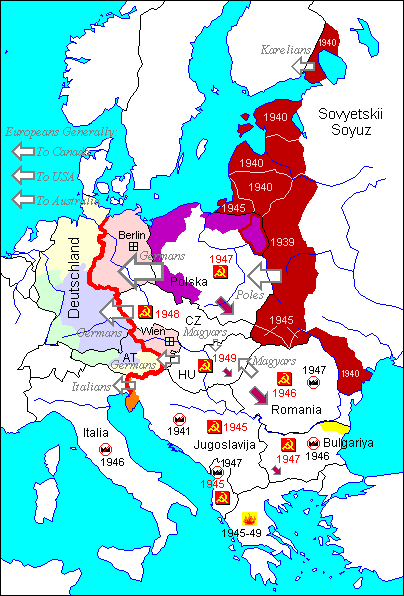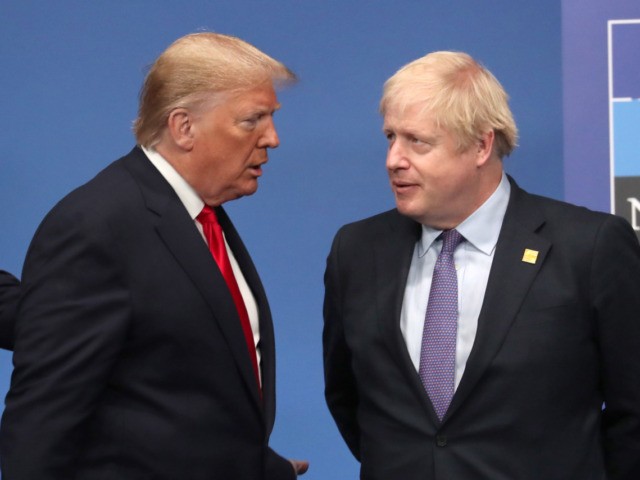

But in 1947, as the Cold War with the Soviet Union and Red China worsened, the Truman administration decided that a stronger, freer Japan would help stave off communist advances in Asia and the Pacific.Īmong the harsh measures imposed on Japan, based largely on advice from left-wing academics, were monstrously high personal income tax rates that ranged to a high of 86 percent. US policy in the early months of the Occupation of Japan tended to be punitive, designed to keep the country down and out. This “procurement boom,” along with other American aid after 1945, helps explain some Japanese growth early in the country’s recovery, but those transfers mostly evaporated when the Korean War ended. This represented a sizable transfer of wealth from American taxpayers to the Japanese economy. America bought huge quantities of food and war materials from nearby Japan. The Korean Warįrom 1950 to 1953, the US and allied nations fought the North Koreans and Chinese to a standstill. The Japanese Economic Miracle is explained by six major factors. The fact is that Japan’s post-war progress owes more to the ideas of Adam Smith and Milton Friedman than to those of John Kenneth Galbraith or Paul Krugman. That would simply kill the remaining half. Nobody outside of academia or who understands either economics or history would ever prescribe compulsory wealth redistribution, central planning, massive tax hikes or burdensome bureaucracy as a cure for anything, let alone a half-dead economy. In barely more than one generation, Japan transformed itself from a poor country to a rich one-a feat widely seen as “miraculous.” How does such a historically rare development occur?ĭid Japan decide to adopt a socialist path to recovery? Silly question.


During the 1960s, it doubled in size in only seven years. From 1950 to 1973, it grew at twice the rate of Western Europe’s and more than two and a half times faster than that of the US. Thirty years later, the Japanese economy ranked second in the world, behind only the United States. Its major cities, including Tokyo (and of course, Hiroshima and Nagasaki), lay in ashes. Japan at war’s end was a nation defeated, demoralized, devastated, and, until 1952, occupied by almost a million American soldiers. Note from Bank of Japan in 1946, a year after the war ended and the country was gripped with hyperinflation. Living conditions were “wretched” and the caloric intake of the average person was just two-thirds of its pre-war level.

Astronomical hyperinflation nearly destroyed the currency. The country’s GNP in 1946 stood at just under half its peak before the war. In his book, Ashes to Awesome: Japan’s 6,000-Day Economic Miracle, Yoshikawa Hiroshi tells us that 93 percent of Japan’s steel production was obliterated. How did a nation which had sunk so low undergo such a stupendous economic rebound?įrom the Doolittle Raid on Tokyo in April 1942 to the atomic bombs dropped in August 1945, nearly four years of American bombing wiped out a huge swath of Japan’s industrial capacity.
#Ww2 aftermath financial treaty full
For a full explanation of the remarkable pace and magnitude of the recovery, however, we must identify other factors. Ninomiya’s sage and timeless advice surely helped Japan recover from the ravages of World War II. He also urged his countrymen to “Save, waste not otherwise, Heaven will punish you.” Though he is credited with introducing the concept of compound interest to the peasantry, the statues pay tribute to a broader counsel he championed in Japanese culture: read, study and work hard as if your life depended on it, because it often does. Most of them depicted him as a boy reading a book while walking with a load of firewood strapped on his back. For a century after his death in 1856, statues of the philosopher and economist Kinjiro Ninomiya adorned public places, especially schools, all over his native Japan.


 0 kommentar(er)
0 kommentar(er)
